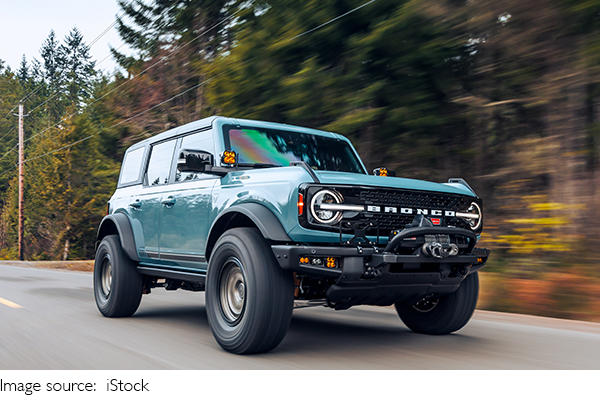Talking Cars, Smarter Roads?

Picture you're approaching a blind intersection. Instead of guessing, your car *knows* another vehicle is coming. This isn't sci-fi; it's the future promised by Vehicle-to-Everything (V2X) technology. Forget isolated vehicles; V2X creates a constant, invisible conversation between cars, roads, and even pedestrians.
Imagine a world where vehicles can communicate seamlessly, enhancing safety and efficiency on the roads. It transforms driving from a solitary task into a coordinated network, aiming for unprecedented safety and efficiency.
What is V2X?
Think of V2X as a universal language for the road. It uses wireless communication – primarily Dedicated Short-Range Communications (DSRC) or Cellular-V2X leveraging 5G networks – allowing vehicles to share critical data instantly. This isn't just about infotainment; it's about exchanging speed, position, direction, and braking status hundreds of times per second. It’s the digital equivalent of cars shouting vital warnings to each other.
Safety Superpower
The biggest V2X promise? Saving lives. The National Highway Traffic Safety Administration (NHTSA) estimates widespread V2V could prevent or mitigate up to 80% of non-impaired crashes. Imagine: Intersection Collision Alerts warning of cross-traffic, Emergency Electronic Brake Lights revealing braking cars hidden by trucks, or Forward Collision Warnings triggered before a driver reacts. It creates a 360-degree awareness no camera or radar can match alone.
Beyond Safety
V2X isn't just about avoiding crashes. It's a key to smoother journeys. Imagine smart traffic lights dynamically adjusting timing based on real-time traffic flow detected by V2X, slashing congestion and idling time. For electric vehicles (EVs), can guide drivers to available charging stations and even optimize battery usage based on route data. This translates directly to fuel savings and reduced emissions.
Sensor & Weather Woes
V2X complements but doesn't replace existing Advanced Driver-Assistance Systems (ADAS). However, all sensors face challenges. Heavy rain, fog, or snow can obscure cameras and confuse radar. communication, being wireless, is less affected by weather, providing a crucial backup layer of awareness. Ensuring sensor fusion – combining data from cameras, radar, lidar, and V2X – works flawlessly is vital.
Regulation Riddle
Harmonizing regulations is complex. Governments worldwide need to agree on communication standards (DSRC vs. C-V2X), allocate sufficient radio spectrum, and mandate V2X equipment in new vehicles. Disputes over spectrum use, like those seen recently, can significantly delay deployment. Clear, consistent policy frameworks are essential accelerators.
Cost & Consumer
Adding V2X technology increases vehicle manufacturing costs. Will consumers pay more for a safety feature whose benefits are most apparent when <i>many</i> cars have it? Consumer awareness is currently low. Automakers and governments need compelling campaigns to explain V2X's tangible advantages, moving beyond abstract tech jargon to real-life safety and convenience gains.
Real-World Tests
Progress is happening. Major automakers like Ford, GM, and Volkswagen are integrating V2X in new models. Cities like Columbus, Ohio, and Ann Arbor, Michigan, host large-scale pilot projects. Companies like Qualcomm provide crucial chipsets. These tests demonstrate tangible benefits: reduced intersection conflicts, smoother traffic flow, and enhanced emergency vehicle response.
The Road Ahead
The journey to ubiquitous V2X is underway, but it's a marathon, not a sprint. The next decade will see gradual deployment, starting in commercial fleets and new premium vehicles, trickling down. Success hinges on collaboration between automakers, tech firms, governments, and infrastructure providers. Standardization and interoperability across borders will be key.
Future Vision
Lykkers, imagine a future commute: Your car seamlessly negotiates merging traffic via V2V, receives a green light optimization signal from a smart intersection via V2I, avoids a jaywalker alerted by V2P, and finds the fastest, most efficient route via V2N. Traffic jams are rare, accidents rarer still. This is the connected ecosystem V2X aims to build – safer, cleaner, and far less stressful.

Embrace the Shift
V2X represents a fundamental shift in transportation – from isolated machines to a cooperative network. While challenges around adoption, security, and regulation remain, the potential rewards for safety, efficiency, and environmental impact are too significant to ignore. The road to truly smart transportation is paved with data, and V2X is laying the foundation. Stay curious, Lykkers – the cars of tomorrow are learning to talk, and the conversation could save us all.

 · Auto Team
· Auto Team